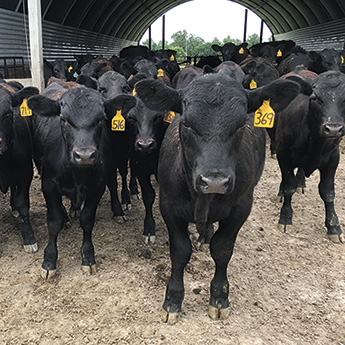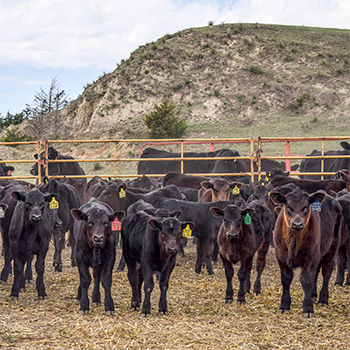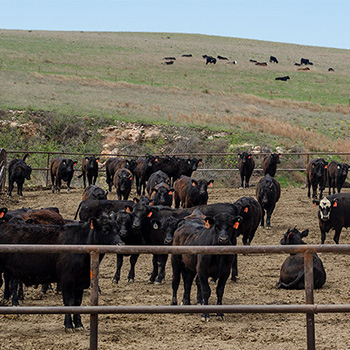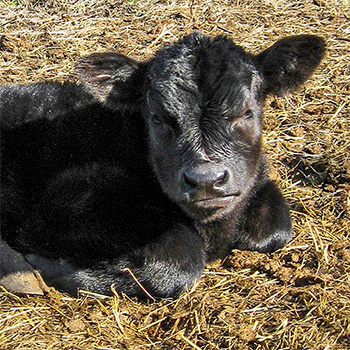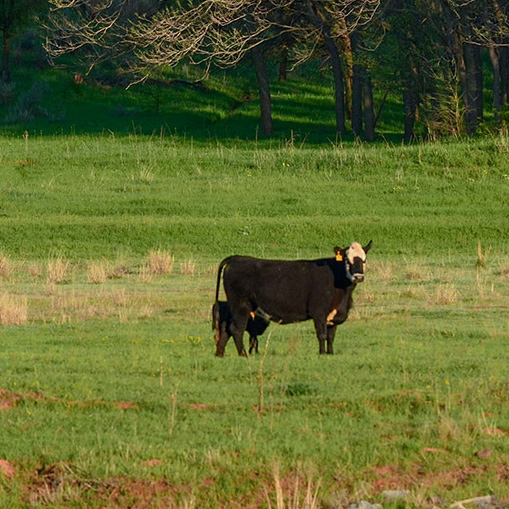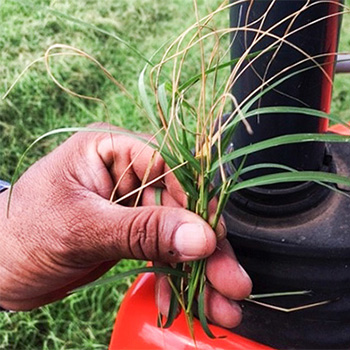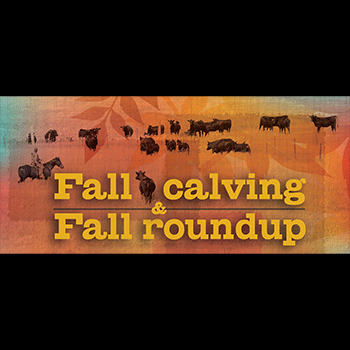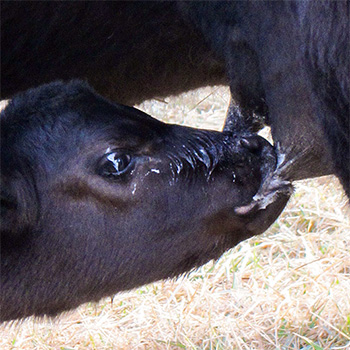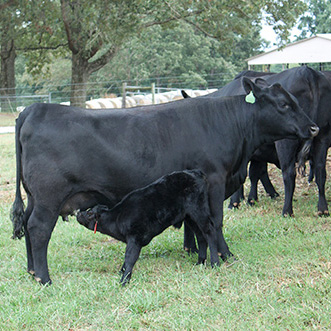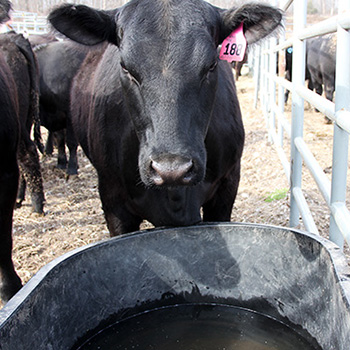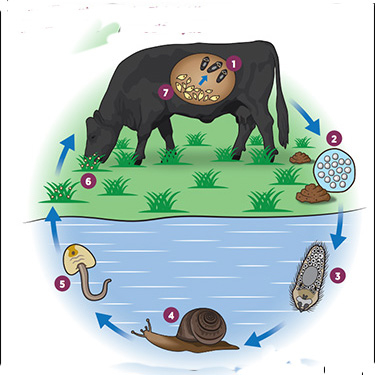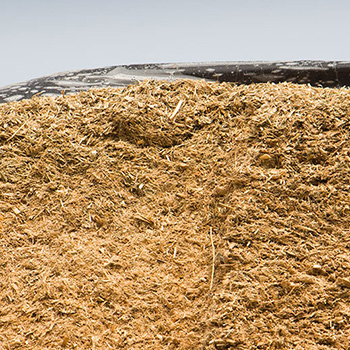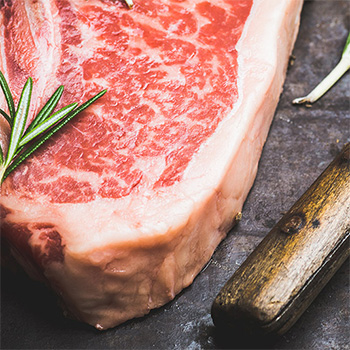Angus Advisor
Our team of Angus advisors offer regional tips for herd management for the summer season.
Southern Great Plains
david.lalman@okstate.eduSpring-calving herds
Prepare for weaning by purchasing health program supplies, ensuring working and weaning facilities are in good condition, and planning a nutrition program for weaned calves, including utilizing high-quality pasture.
If calves must be weaned in a drylot, plan to turn them out to a grass pasture as soon as they have quieted and cows have lost interest. Generally, this occurs in about three full days.
Calf vaccination timing strategies include a) 2-6 weeks prior to weaning then booster vaccinations at weaning, b) at weaning followed by booster 2-6 weeks later, c) modified-live vaccine at branding time (40-90 days of age), followed by booster vaccination at weaning. This strategy should only be followed in appropriately vaccinated cow herds. Consult your veterinarian for details.
Insecticide ear tags should be removed by August if they are no longer effective. Tags that remain in cows beyond the effective period build resistance to that drug for future years.
Fall-calving herds
Yearling replacement heifers grazing native pastures may benefit from a small package, around 1 pound (lb.) per day, of a high-protein supplement to ensure adequate growth and development prior to breeding in November. A feed additive such as Bovatec® or Rumensin® will further improve forage utilization and weight gain.
Purchase calving supplies and prepare ID tags. The incidence of dystocia due to heavy birth weight is lower in fall-calving systems. However, producers should be prepared to deal with occasional dystocia cases associated with abnormal presentations.
General recommendations
Monitor herd health for the possibility of a pinkeye (infectious bovine keratoconjunctivitis) outbreak. Once started, the spread of this disease can be very difficult to control, so it is better to treat animals early and address preventive management steps. Some of the primary culprits in spreading the disease are thought to be horn flies and face flies.
Another agitant thought to facilitate this disease is intense ultraviolet radiation. Therefore, shade is important for all animals, and eye patches can be used on infected animals to minimize both sunlight and exposure to flies.
When treating cattle for pinkeye, wear gloves and protective clothing. Discard or disinfect clothing and equipment used before moving on to treat or handle another animal.
If moisture is abundant in Bermuda grass pastures and a split nitrogen (N) application strategy is being used, it may be time to apply an additional 40-60 lb. nitrogen per acre.
Consider managing a portion of Bermuda grass and fescue pasture for late-summer fertilization and fall grazing. More information is available at www.beef.okstate.edu.
Harvest sudan and sudan hybrids for hay in the boot stage (normally 4-5 feet in height). Be prepared to investigate nitrate concentration in susceptible forages (primarily forage sorghum varieties).
Late-season prescribed burns suppress brush and keep sericea lespedeza from going to seed. Similarly, blackberry bushes can be effectively controlled during late summer with a herbicide treatment immediately following fruit drop.
Western Region
randyp@csufresno.eduFall-calving herds Main focus: cruise-control cows.
If any precalving vaccinations, such as a scour vaccine, are going to be used, now is the time to decide on the products and get them on hand.
Be sure cows are receiving adequate levels of calcium, phosphorus and trace minerals that are deficient in your area. MultiMin® is an excellent injectable product if that is a preferred route of administration. Copper and selenium boluses are available and an effective means of delivering trace minerals over an extended period of time.
The target body condition score (BCS) at calving is a minimum 5 for mature cows and 6 for 2-year-old heifers, on a scale of 1 to 9.
Mid-summer is typically the time when fall-calvers will maintain themselves adequately with no need for energy or protein supplement as long as forage is available.
The developmental period from weaning until breeding time is critical in terms of influencing the future productivity of females. They should be developed to reach approximately 55% of their projected mature weight at the start of the breeding period.
Spring-calving herds
Main focus: breeding season and suckling calf health.
Depending on desired calving dates, the AI breeding period should be concluded. Monitor return heats and clean-up bull performance for any problems.
Be sure that cows are receiving adequate levels of calcium, phosphorus and trace minerals that are deficient in your area. Consider chelated mineral products especially prior to calving and through the end of the breeding season.
Energy balance has a major impact on fertility, and thus it is critical cows are in a state of positive energy balance (gaining weight) during the breeding season. If cows are grazing irrigated pastures, they are usually doing fine.
Treatment protocols and products should be on hand for scours and pneumonia in suckling calves. It is best to have two treatment options for both conditions and be sure that protocols have been communicated to the appropriate personnel.
General management
If irrigated pastures are part of your forage resources, timely irrigation during hot summer months is critical in terms of impacting forage production. Mid-summer is also an excellent time to control thistle or other invasive weeds in pastures.
Mid-summer is the time of year when problems with pinkeye can become prevalent and treatments can become time consuming. The incidence of pinkeye can be reduced by clipping tall, mature grasses; and controlling flies with dust bags, pour-ons, fly tags or mineral products that have fly-deterrent products included. In addition, availability of shade helps to reduce the incidence of pinkeye. It is important to treat problems quickly and aggressively.
Antibiotics, such as the long-acting oxytetracyclines, are effective in treating pinkeye. We have also had success with squirting 2-3 cc of Nuflor® directly into the infected eye. A more inexpensive treatment option, but one that is more difficult to administer, is to treat the infected eye with an injection of 2-3 cc under the membrane that covers the upper portion of the eyeball with a mixture of 90% penicillin and 10% dexamethasone. We make up the mixture by buying a 100-ml bottle of penicillin at the beginning of each summer and pull out 10 ml of product and replace it with 10 ml of dexamethasone to mix.
Most people prefer to apply patches to infected eyes, and those can be made very easily from old worn-out jeans. Leave the bottom portion of the patch unglued so that the eye can drain.
Southeast Region
jduggin@uga.eduChallenges — everybody has them. There are always day-to-day management challenges on a beef operation, but there are also the challenges based on geography and climate. Before covering some of these challenges, let’s mention some of the positives of cattle production in the eastern United States. One blessing we have in the East is the ability to grow grass. Managing pastures correctly in our region allows for a greater stocking density and more pounds per acre weaned as compared to the more arid pasturelands of the West. Our proximity to metropolitan areas is often considered negative; but it can also be positive for those marketing local or niche beef through farmers’ markets, freezer beef and restaurants.
Challenges in the East
Regarding challenges unique to the East, we battle them year in and year out — but for discussion here are a few: feeder-calf markets, cheap bulls, shipping cost to feedlots, perception, land values, humidity, heat and toxic fescue. Let’s touch on a few of these.
Historically, commercial cattlemen have struggled to find premium markets for feeder calves. This isn’t to say that some haven’t found them, but as a whole, most have been frustrated by the process or the lack of good marketing options. Markets for preconditioned load lots and commingled load lots are very much on the rise.
Some states have organized these sales through cattlemen’s organizations and government entities. Others have been fortunate to have sale barns that take the lead in promoting reputation-backed protocols. Getting premiums not only includes sound health and weaning protocols, but also the recordkeeping and animal-identification components that allow for greater acceptability for the export markets.
Marketing challenges still exist, but with the help of local networks, smaller operations can begin to access an additional $50 to $150 per head. Some states in the East are in the midst of discussions to create mandatory animal identification in hopes of furthering this demand.
Sometimes cheap bulls are a setback to genetic advancement in the industry. Quality bulls should bring significantly more. Bull marketers will need to continue to cull harder and add value through things like genomic testing. Some seedstock suppliers are helping market their customers’ calf crops.
Keeping cattle productive and fertile in the East is one of the bigger and lesser-discussed issues. As grass comes on and spring calving is over, breeding seasons in the heat and humidity of late spring and summer are often poor. Mix that with toxic fescue and conception rates can be severely out of whack. This is the main challenge to overcome.
Fertility, whether seedstock or commercial, is the driving force behind productivity. Culling for fertility is essential. Strictly culled herds should have improved fertility in that environment. Pregnancy checking is a very powerful profit tool. This is one of the most important dates on the calendar. Over time, fertility challenges can be overcome with diligence and long-term planning.
Midwest Region
baileyeric@missouri.eduOne year ago, we were just starting to feel the severity of the drought in Missouri. Now, many parts of the state and the region are feeling the effects of excessive rainfall. There are tremendous resources available to aid in the recovery of flood-damaged pastures. I highly recommend the work of my colleagues at Iowa State University (ISU) and the University of Nebraska–Lincoln (UNL).
My goal is to get you to think about what comes after the initial recovery. Have your hay fields been damaged by flooding, or are at least too wet to enter with harvesting equipment? Has pasture forage growth been slowed by the flooding or the cooler-than-normal temperatures much of Missouri has experienced? We currently have a grazing experiment underway at the Southwest Research Center in Mount Vernon, Mo., and we are surprisingly running short on forage, despite seemingly ideal growing conditions.
Think about what your feed plan might look like with only a portion of your normal forage production available. This scenario is not solved with a little protein and lots of hope for better weather. The cows will face an energy deficit. What is your cheapest source of total digestible nutrients (TDN; a measure of energy in feedstuffs)? Comparing feeds on a dollar-per-pound-of-TDN basis is an important strategy to reduce purchased feed cost. Let me know if I can help with that comparison.
Even if hay is only harvested once, the fields dry out. Expect it to be lower quality (energy) than normal, because it was harvested late. The best hay is cut in May in most cool-season forage systems. If it is harvested late this year, be thinking about how those extra calories are going to be fed to keep your cattle as productive as possible.
Feeds that I would be pricing right now are wheat midds, soyhulls, distillers’ grains and corn grain. If you lack the ability to store large quantities of these feeds, perhaps now is the time to look into adding infrastructure that would allow you to store large quantities of these feeds.
Above all, in a challenging production environment, keep your chin up. It is certainly not easy to go from drought to blizzard to flooding, but extension specialists across the region are here to help and to provide the best advice we can.
